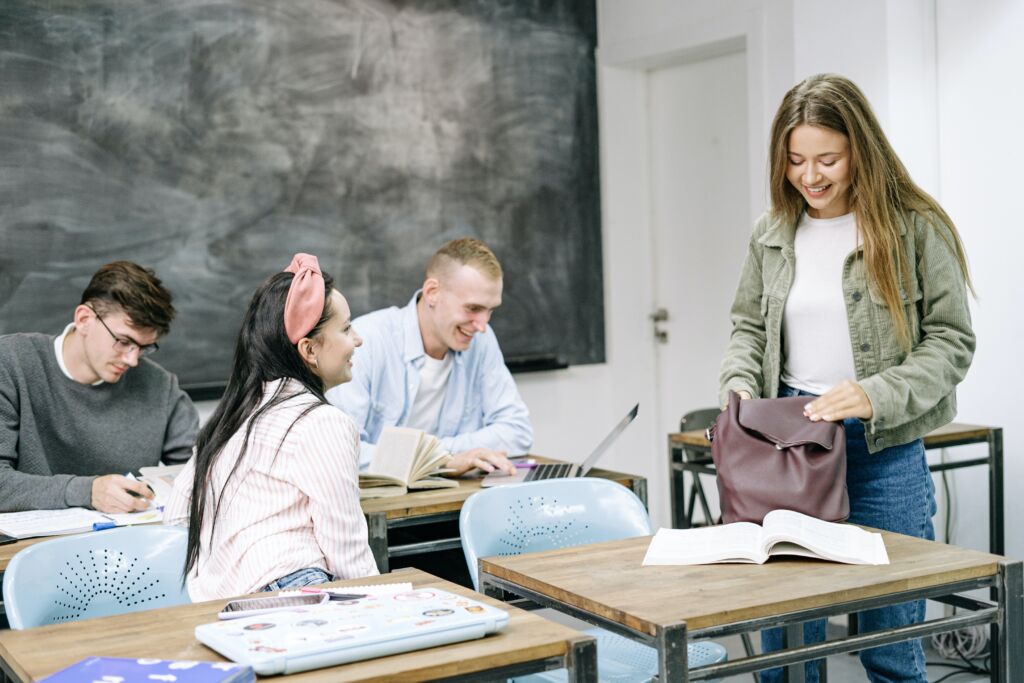
April 15, 2012.
Prof. Dr. NENAD PAVIN
Department of Physics, Faculty of Science, University of Zagreb
Wednesday, April 25, 2012 at 3:15 p.m.
Seminar F-201, Faculty of Science - Department of Physics, Bijenička cesta 32, Zagreb
In living cells, motor proteins, such as dynein, interact with microtubules to organize the interior of the cell. Dynein uses microtubules as rails and, moving along them, transports organelles, proteins and RNA towards the center of the cell. Dynein also uses the microtubule as a rope and thus pulls larger organelles such as the dividing spindle, the centrosome during interphase or the nucleus during prophase of meiosis. To be able to pull, dynein must be anchored at one end, where the anchoring sites are proteins that are typically found on the cell cortex. The key question is: by what mechanism do individual dyneins get to the places where they will produce large collective forces. In this work, we directly observed individual dynein molecules in yeast cells, and this allowed us to identify the main steps of binding dynein to the microtubule and the anchor: (i) dynein bound to the microtubule from the cytoplasm and (ii) dynein bound to the microtubule then bound to the anchor. We found that dynein, when bound to a microtubule, moves either diffusively or directionally, with the transition from diffusive to directional movement occurring after dynein binds to the cell cortex. This dual behavior of dynein, together with the two binding steps mentioned above, represents a mechanism by which dynein accumulates in large numbers on a single microtubule, where several of them, acting together, generate the forces responsible for moving large objects within the cell.

HBD, all rights reserved, 2025
design: Viktor
Enter search terms
+